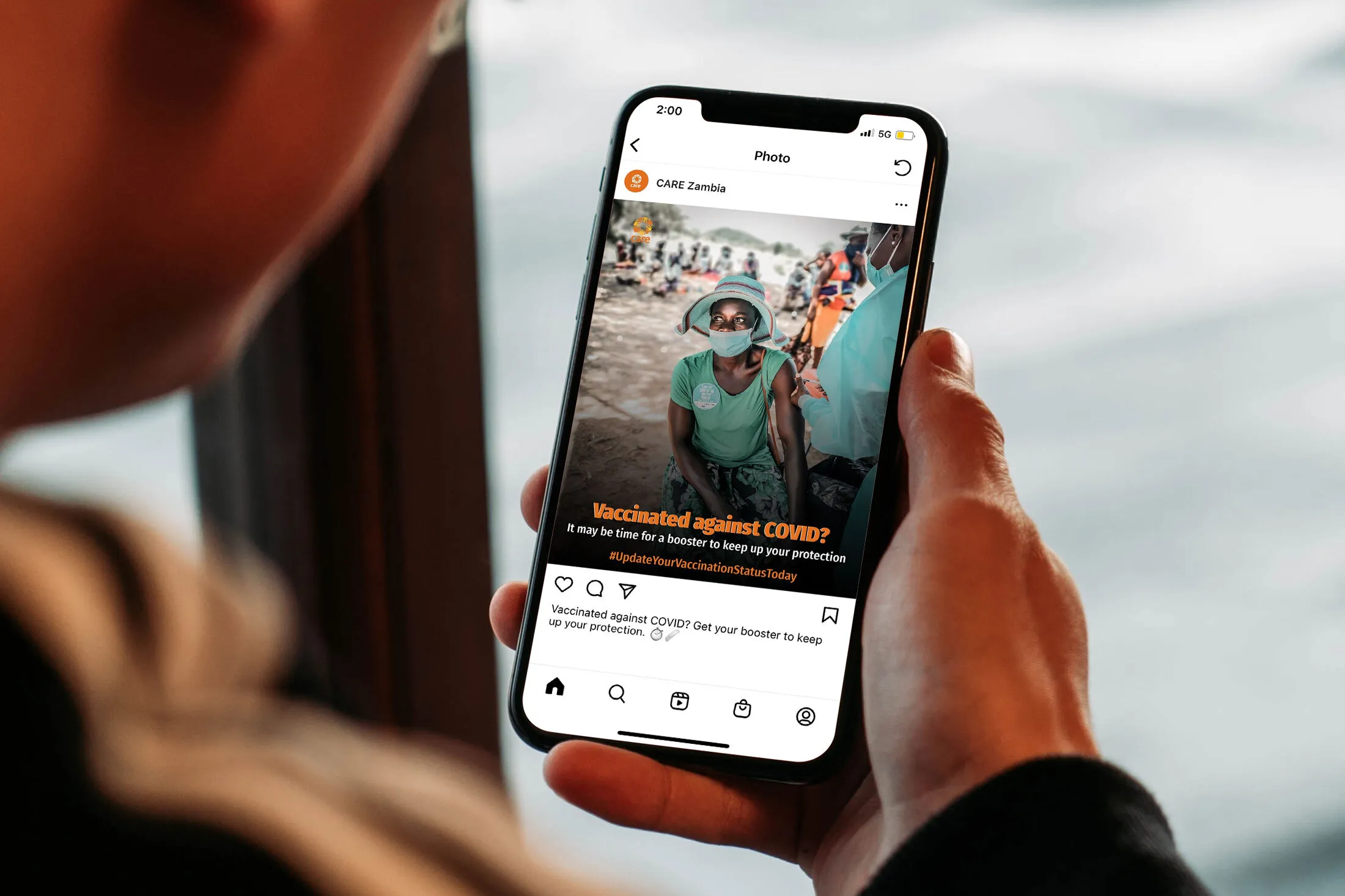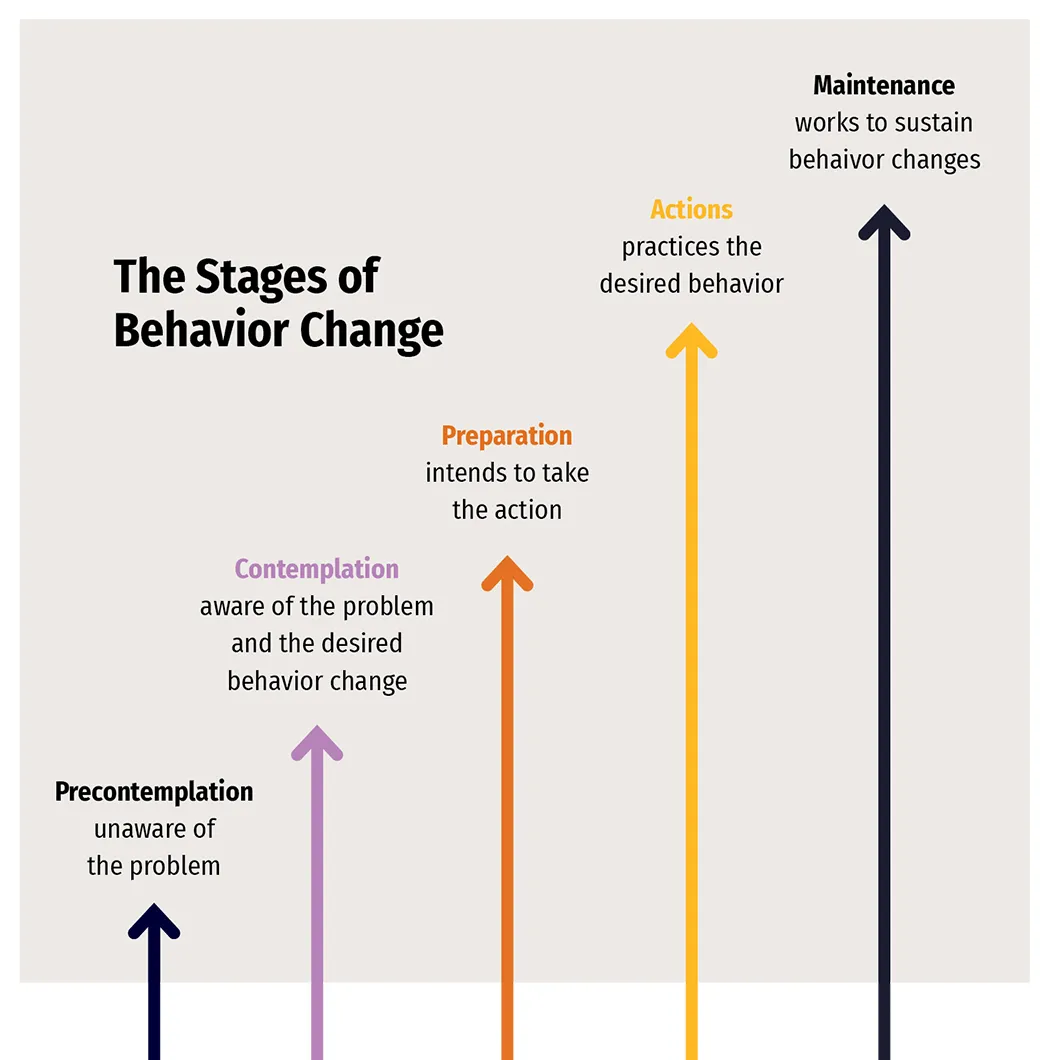What is social and behavior change communication?
Social and behavior change communication (SBCC) is the strategic use of communication to promote positive health outcomes based on proven theories and models of behavior change. SBCC employs a systematic process beginning with formative research and behavior analysis, followed by communication planning, implementation and monitoring, and evaluation. Audiences are carefully segmented, messages and materials are pre-tested, and mass media (which include radio, television, billboards, print material, internet), interpersonal channels (such as client-provider interaction, group presentations) and community mobilization are used to achieve defined behavior objectives.


